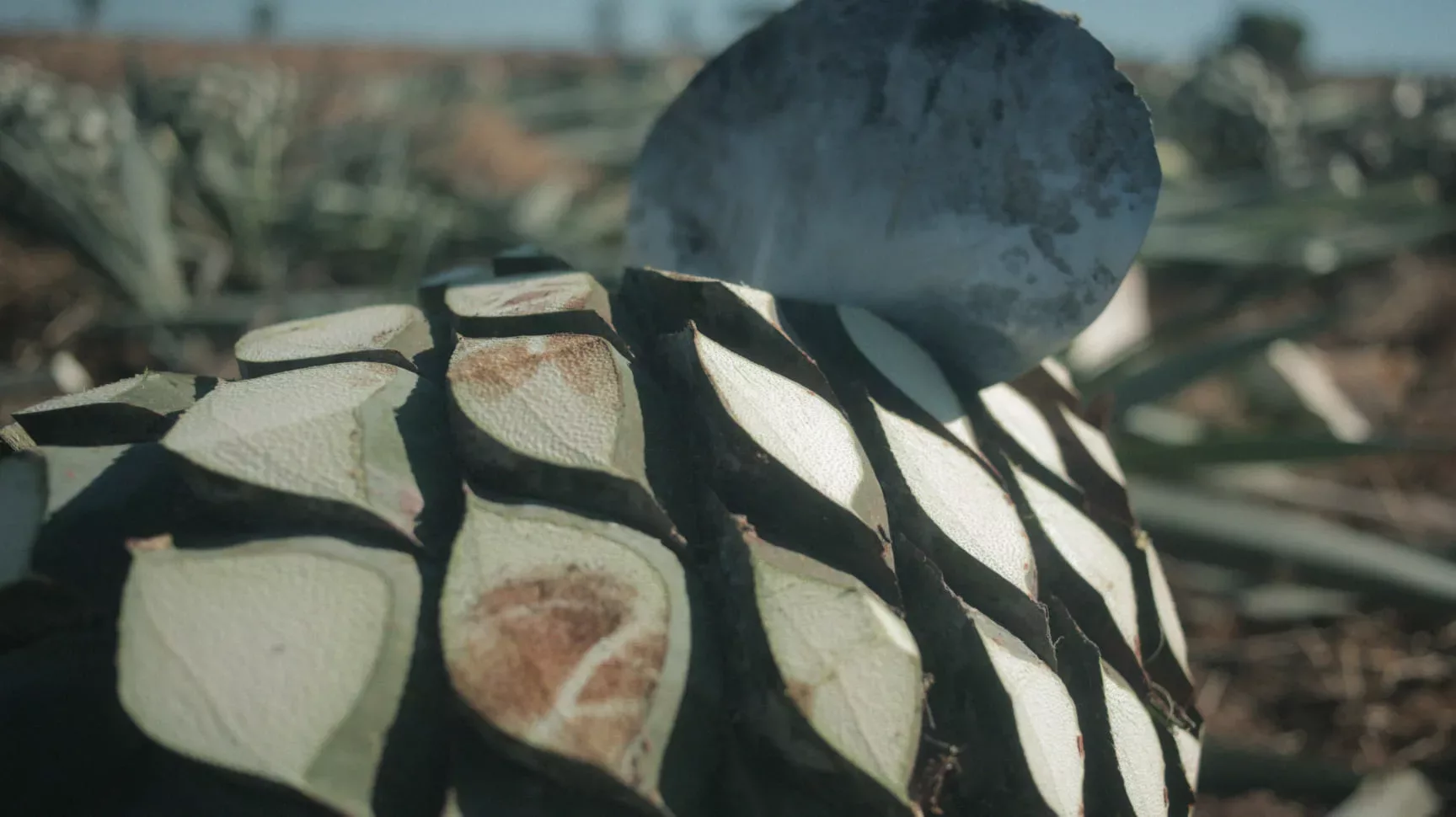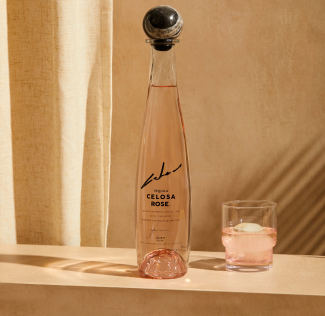Embark on a journey into the heart of two of Mexico’s most cherished spirits: Tequila and Mezcal. At their core lies the agave plant, the crucial ingredient that defines their distinctive flavors and cultural significance.
100% Blue Weber Agave Tequila
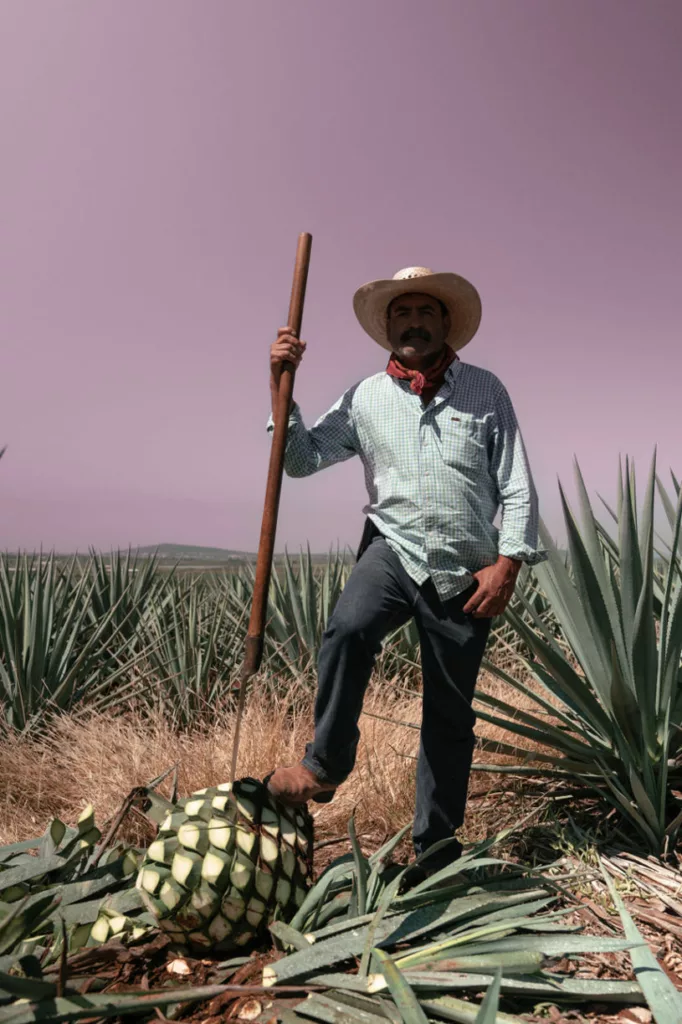
In the world of tequila, the Blue Weber agave stands as the gold standard. Native to Mexico, specifically in the regions of Jalisco, Michoacán, Guanajuato, Nayarit, and Tamaulipas, this agave variety is the sole type used in the production of true tequila. The spirit derived from 100% Blue Weber agave is revered not just for its legal authenticity but also for its superior quality and complex flavor profile.
Why Blue Weber Agave?
The Blue Weber agave, known scientifically as Agave tequilana, is prized for its high sugar content and optimal fiber structure, which are crucial for producing a rich and well-balanced tequila. It’s a plant that demands patience and care; typically, it takes between 7 to 10 years to mature to the point where its sugars are perfectly ripe for tequila production.
The Importance of 100% Agave
When a tequila is labeled as “100% agave,” it means that all the fermentable sugars used in production come exclusively from the Blue Weber agave. This distinction is vital, as it ensures the absence of any added sugars or additives, which are often found in “mixto” tequilas. The result is a purer, more authentic flavor, allowing the natural character of the agave to shine through in every sip.
Tequila VS. Mezcal
While both Tequila and Mezcal share agave as their core ingredient, their production processes and resultant flavors differ markedly.
Tequila:
Tequila is traditionally made from the Blue Weber agave and must be produced in specific regions of Mexico. Its flavor is typically smoother, sweeter, and more subtle compared to Mezcal, making it a versatile spirit for both sipping and mixing in cocktails. For a deeper understanding of Tequila’s unique characteristics, explore our Introductory Guide to Tequila.
Mezcal:
Mezcal, on the other hand, can be made from over 30 types of agave and is known for its smoky flavor, which results from the traditional pit-roasting process of the agave hearts. Mezcal offers a broader spectrum of flavors, ranging from earthy and savory to floral and sweet.
How Is It Made?
The process of transforming agave into Tequila or Mezcal is an intricate and labor-intensive journey.
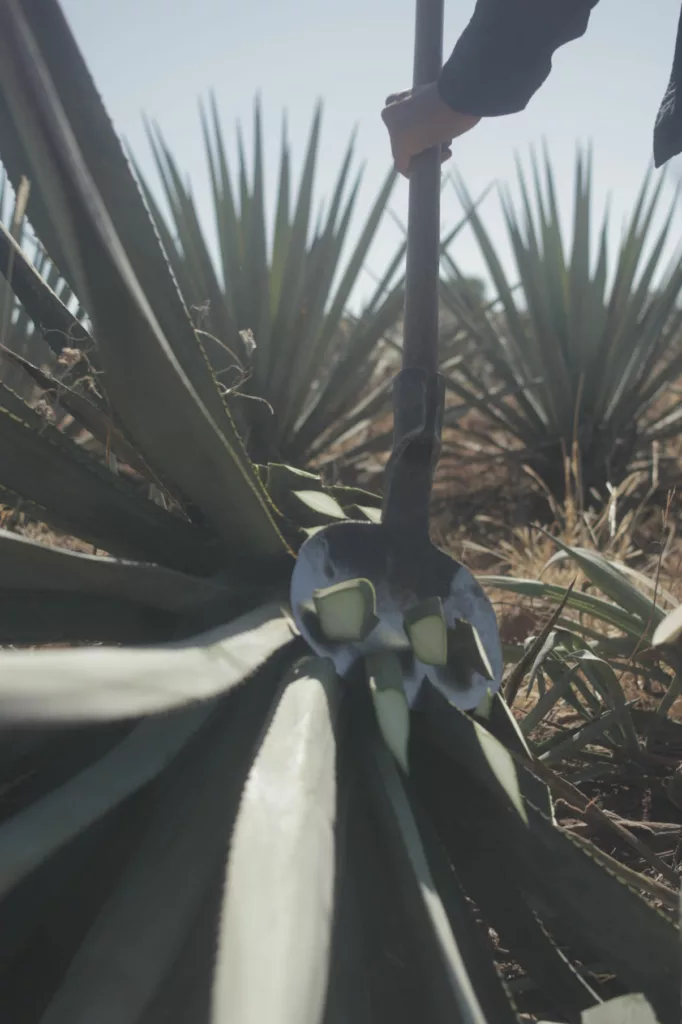
Harvesting:
Harvesting agave is a skilled trade, typically done by hand using a tool called a coa. The jimadors, skilled agave harvesters, must identify when the agave is ripe, which can take anywhere from 7 to 10 years.
Cooking the Agave:
Once harvested, the agave piñas are cooked to convert their complex carbohydrates into fermentable sugars. Tequila agave is typically steamed in ovens, while Mezcal agave is roasted in earthen pits lined with lava rocks, giving it its distinctive smoky flavor.
Crushing the Agave:
After cooking, the agave is crushed to extract the sweet juice. This step can be done using a tahona (a large stone wheel), a modern roller mill, or even by hand.
Fermentation:
The extracted agave juice is then fermented, a process where yeast converts the sugars into alcohol. This stage significantly influences the final flavor of the spirit.
Distillation:
After fermentation, the liquid is distilled, typically in copper pot stills. This process purifies the alcohol and further concentrates the flavors.
Aging
Tequila:
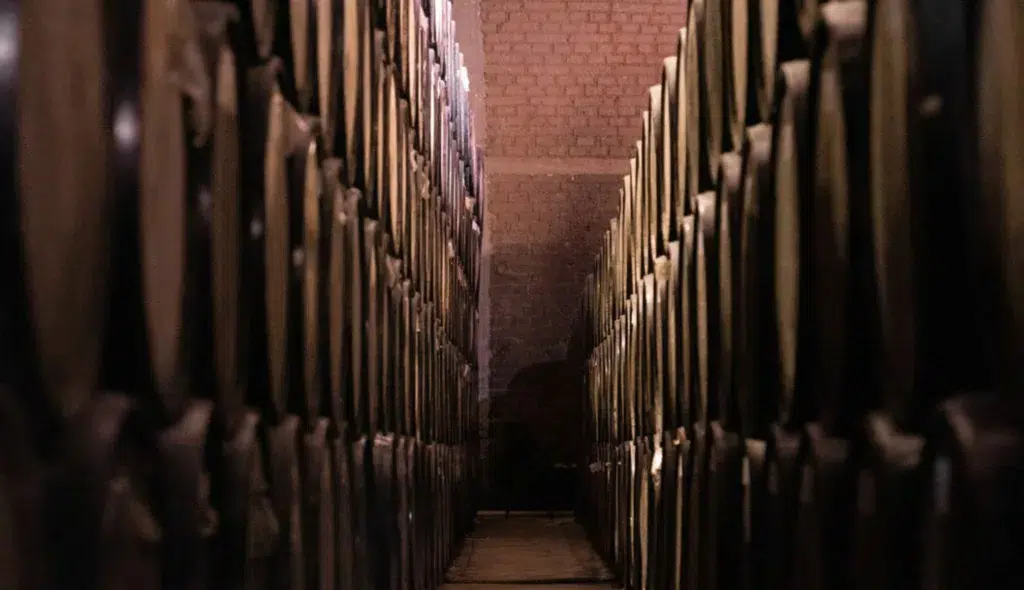
The aging process for Tequila is a transformative journey, where the spirit acquires its distinct character and complexity. Stored in wooden barrels, Celosa uses French oak wine barrel, Tequila evolves over time as it absorbs both the flavors and colors from the wood. The interaction between the Tequila and the barrel imparts notes of vanilla, caramel, spices, and a subtle woodiness, beautifully mellowing the natural vibrancy of the agave.
The length of aging is a key factor in determining the category of Tequila:
Blanco (or Silver): This category includes Tequilas that are either unaged or aged for a very brief period (up to two months). These Tequilas are often clear, reflecting the pure taste of the agave plant with little influence from the aging process.
Reposado: Translating to “rested”, Reposado Tequilas are aged between two months to one year. This aging imparts a gentle golden hue and a harmonious balance of agave with subtle oak influences, resulting in a smoother and more refined flavor compared to Blanco.
Añejo: Meaning “aged”, Añejo Tequilas spend one to three years in barrels. They exhibit a deeper color and a richer complexity, with the extended aging process enhancing the flavors to include notes of dark chocolate, dried fruits, and a deeper woodiness.
Extra Añejo: These Tequilas represent the pinnacle of aging, matured for over three years. They are characterized by their deep, rich colors and exceptionally smooth, sophisticated profiles, often showcasing flavors akin to fine aged whiskies or cognacs.
Mezcal:
Like Tequila, Mezcal can undergo an aging process, though it’s less commonly found. When Mezcal is aged, it too is stored in wooden barrels, but the nature of the spirit means the aging process imparts different characteristics compared to Tequila. Mezcal’s inherent smoky quality, derived from the pit-roasting of the agave, interacts intriguingly with the barrel’s flavors, creating a unique profile.
Aged Mezcals, while less common than their Tequila counterparts, follow a similar classification system:
Joven: These are unaged or very minimally aged Mezcals, showcasing the raw and smoky flavors of the roasted agave.
Reposado and Añejo: Aged Mezcals are less prevalent but highly prized for their complexity. Reposados, aged for two months to one year, and Añejos, aged for one to three years, develop a smoother profile, with the smokiness complemented by the sweetness and flavors imparted by the wood.
Both Tequila and Mezcal’s aging processes highlight the incredible versatility and depth of flavors that can be achieved with agave-based spirits. Whether you prefer the crisp, bold flavors of a Joven or the rich, mellow tones of an Añejo, each type offers a unique taste experience. To learn more about the shelf life and proper storage of these aged spirits, visit our guide on Understanding Tequila’s Shelf Life and Proper Storage.
Our Tequilas
At Celosa Tequila, we take pride in our meticulous production process, ensuring that each bottle of Tequila we produce is a masterpiece of flavor and quality. Explore our range of expertly crafted Tequilas at our online shop.
Our Tequila Process
Our commitment to authentic Tequila craftsmanship involves a careful balance of tradition and innovation. We honor the time-honored methods of Tequila production while incorporating modern techniques to achieve the highest quality. Learn more about our dedication to Tequila making at Authentic Tequila Craftsmanship at Celosa Tequila.
